Text
Mortuary Train Funeral Notices (1904)
Timeline
Feb 7, 1904: the Springvale Cemetery Line Opened.
Mar 16, 1904: the first mortuary train funeral notice was published.
Apr, 1904: Springvale Necropolis ran 5 ads for the mortuary train service in the funeral notice section of The Age. [1]
---
In 1904:
There were 16 advertised funerals mentioning a suburban mortuary train. [2]
All Melbourne suburban mortuary trains were serving Springvale Necropolis.
They departed from Princes Bridge also called Mortuary Station (A station that no longer exists, that was between Flinders Street and Richmond) at 2:10pm.
Some funeral notices mentioned the departure time at Hawksburn Station (3 stops away), which was between 2:15pm and 2:20pm.
One funeral notice stated "stopping at all stations".
Two funeral notices were posted by freemasons.
75% of the funerals were for men [3].
Over 50% of the funerals were in November and December.

Footnotes:
[1] https://trove.nla.gov.au/newspaper/article/197241797
https://trove.nla.gov.au/newspaper/article/197235324
https://trove.nla.gov.au/newspaper/article/197228246
https://trove.nla.gov.au/newspaper/article/197241969
https://trove.nla.gov.au/newspaper/article/197234961
[2] The full list is included in my (work in progress) Mortuary Train Funeral Spreadsheet: https://docs.google.com/spreadsheets/d/1rGmQ-1qvZMZXxk324_RPSzMHlTzH5tT3NpJzP-y0WzA/edit?usp=sharing
[3] based on the title (Mr. or Bro.), relationship information (son), and pronouns used in the notice (his)
1 note
·
View note
Text

"Broken-column gravestones representing an early death by accident were a distinctive feature in the cemeteries of mining towns" (Jalland 2002:279).
Photo was taken September 2019 at Beechworth cemetery.
The inscription reads "In Memory of John Henry Gray of Beechworth, born at Hamilton, Canada West 1st April 1830, Accidentally Killed at Chiltern 7th June 1861, This monument was erected by his friends resident in the Beechworth district"
More details and photos available at findagrave.com
Reference: Jalland, Patricia. 2002, Australian ways of death : a social and cultural history, 1840-1918 / Pat Jalland. Oxford University Press Melbourne ; New York (NLA catalogue)
#cemetery#graveyard#Death symbolism#Broken column grave#Beechworth#Victoria#Gold Rush#Death History#accidental death#1860s
0 notes
Text
A long Introduction to Metro Trains Melbourne
I've organised some of my favourite YouTube videos about Metro Trains Melbourne into a 3hr explainer series. This covers, roughly in order:
A description of the network, especially the City Loop
Why, where and how the new Metro Tunnel is being built
A general explanation of tunnel construction
What TBM operators do
TBM assembly, tours, function and disassembly (focusing on the Metro Tunnel)
The new State Library and Arden Stations
Road headers and their history in the Melbourne Train Network
Creating and testing the metro tunnel tracks and communications infrastructure
Platform Screen Doors
Fixed Block Train Signalling in Australia (focusing on Melbourne)
How CBTC signalling works and its introduction to Melbourne
#melbourne trains#public transit#train explainers#TBMs#Metro Trains Melbourne#Railway Networks#Train Networks#CBTC Signalling#grey's timeline
3 notes
·
View notes
Text
Most of the posts here are pretty old and date back to before I worked as a technical writer. I'm grateful to not be starting from nothing. Going forward my goal is to change that by both posting about mortuary history again, and cataloguing all the little creative successes I have on my timeline.
I'm currently battling:
Perfection Paralysis
Too many competing projects
The existential anxiety of living in 2023
0 notes
Text
Accessibility audit of greymcgowan.tumblr.com
I wrote up a couple of posts on my professional blog about testing and fixing accessibility issues.
0 notes
Photo


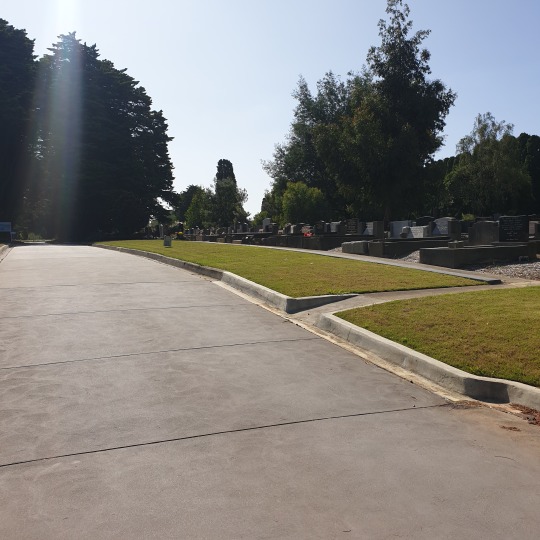
Last week I made it to Box Hill Cemetery. Which for some strange reason closes at 5:00pm, and in classic Grey style, I was there at 4:50 after getting on a train that somehow at 4pm was peak hour packed, with a bike. Well, I guess, lesson learned, and thanks lilydale commuters for not throwing me into the gap.
I only got these few photos as I didn’t want to be caught behind automatic closing gates with a bike, although I admit the fences were low enough that I could climb out, even with a bike. So I left, pledging to return another day. It’s very accessible as it’s only a few hundred meters away from laburnum train station, so I have no excuse not to return.
I also made a brief visit to Melbourne General Cemetery (no photos I’m afraid, as I was running very late, to a very important date). Melbourne General feels like my home cemetery, I have some of my earliest, in the grounds, personal cemetary memories there and I relate to it strongly as an inner city melbournite. It also seems like it somehow has the most written lore associated with it. Take wikipedia’s list of notable burials at the site, it’s longer than the one for Rookwood Necropolis in sydney, which as a cemetary is 6 times larger and has 1 million interments. I do not know if there are actually more notable interments at one or the other, but the easily accessible resources favour Melbourne General Cemetery. While all interments are expensive, Melbourne General seems as if it would be one of the most expensive options. I say “seems as if” because the cemetery trust that governs it is doing an excellent job at obfuscating the prices. To the point that their guide on comparing prices is mostly just trying to convince you to buy funerary services directly through them, in advance. BUT YES ANYWAY, the POINT is I’m unlikely to call it home after I die so it feels weird to have such a strong attachment to it. Along with that, it’s historical significance makes it feel almost pointless to write about in any great detail as people far more skilled and numerous than I have most likely written almost every story there is to tell. So Melbourne General seems like a place that’s really just for me to enjoy alone. I won’t be interred there, I will likely write very little about it as compared to smaller, less visited cemeteries. Although my memories, it’s proximity to me and events, like historic tours do offer unique opportunities to the novice corpse writer.
#cemetary#corpsesofmelbourne#corpsesofvictoria#corpsesofaustralia#corpsesoftheworld#melbournecemetery#boxhillcemetery#necropolis#melbournegeneralcemetery#death positive#thegooddeath
0 notes
Photo

So december/january was a big time for me. Obligatory christmas madness and then in january my bike (along with almost every other bike belonging to our household, for a total of 3 bikes) was stolen from behind a locked door in our building.
And my work restructured and made me redundant a few days before that happened, fortunately they gave me 2 weeks notice but that very quickly came and went.
So my life now is a lot of freelance, job searching and upskilling.
I did have some issues getting my new bike up and running (mostly with the front wheel and disc brake) but I finally got it right a couple of days ago and cycled to williamstown and back. Grabbing my obligatory “bike with morgue” photo.
Now things are a bit more stable I have plenty I want to do and plenty I want to write about!
#update#Williamstown#williamstownhistory#williamstownmorgue#bikeswithmorgues#corpsesofmelbourne#corpsesofaustralia#corpsesoftheworld#corpsesofvictoria
1 note
·
View note
Photo

“ Local Cyclist Killed
Whilst riding his bicycle home from work on Wednesday evening, Keith McDiven, 19 years, of Alma-terrace Newport, a well-known member of the Williamstown Professional Cycling Club, caught his wheels in the. tram line at the intersection of Johnston and Brunswick streets, Fitzroy, throwing him to the roadway. Before he could recover a tramway bus ran over him. He was taken to St. Vincent's Hospital, but died soon after admittance. “
#tramscantswerve#localhistory#brunswickhistory#nationallibraryofaustralia#stvincentshospital#melbournehistory#corpsesofmelbourne#notabledeaths#corpsesofvictoria#corpsesofaustralia#corpsesoftheworld#deathby#deathbytram#melbournetrams
0 notes
Text
Old Williamstown Morgue - Sidenote - Who is E. W. Jackson?
My last post on the morgue touched on the mysterious E.W. Jackson. The man speaking out in favour of closing the morgue.
The original machine transcribed copies of the news articles about the closure all refer to 3 Mr. Jacksons, “E. W.”, “E. R.” and “E. TV.”. I thought it was a strange coincidence, so I checked back over the original digital scans and noticed that it was a typo of “E. W.” (which I logged into Trove to correct). I could find no mention of Mr. Jackson, except as E. W. and normally with no more detail than his name. Once he started showing up the next challenge was to find his name.
His chapel was involved in the funeral for someone who died in a major train catastrophe in Wodonga in 1943 as the decedent was transported to Williamson. I would hope to infer from that he wasn’t absolutely elderly in 1921, but the chapel could of been named in memorial, so I do not know.
There are no census records that mention individuals until 50 years before 1925 and even then the records are patchy, so I gave up on that line of inquiry.
The name “Jackson” is super common and when it comes to investigating births, deaths and marriages each of those records could potentially span 100 years on either side of 1925. That is all assuming that he was even born, married or died in Victoria and if we extend the scope further than that... well I get close to 100 records for people named Jackson who were born in, Victoria in 1890 alone. Then, even assuming that I found someone with the right name, in the right time period, I have no way of knowing if that’s just coincidence.
I found a potential mention of a family member, an R. Jackson who resided on Ferguson Street, Williamstown in 1963. I think it’s plausible he is related as the chapel own or named for our Mr. Jackson was also located in Ferguson Street. That said in this directory there were 29 mentions of “Jackson” as a street or as a person.
There are lots of mentions for E. W. Jackson chapel, a lot of them are funeral records for world war II. Interestingly, some of the records mention the deceased were interred at fawkner cemetery, and it was approximately the right time period, so I wondered, if any of the bodies had be transported by the mortuary train (all good stories and places are connected by trains) but the train service ended in 1939 and most of the records I found were from the 40s.

So if anyone has an ancestor who was a coroner and perhaps funeral home owner in the early 20th century in williamstown. First your granpa was a badass, and second please please please contact me.
So, I took a break from this, visited a cemetery, and when I got back I started looking absentmindedly through my tabs of people whose funerals were at “E. W. Jackson Chapel” and I found his name! Ernest W. Jackson. The source was a funeral notice for George Finch. From here it’s easier to find more and to verify that against what we know and expand our understanding of Mr. Jackson.
Since then, I have been collecting more stories Mr. Jackson and this was the start of a lifetime of community work.
To be continued.
#williamstownmorgue#coroner#corpsesofmelbourne#corpsesofvictoria#corpsesofaustralia#corpsesoftheworld#williamstown#williamstownhistory#localhistory#melbournehistory
0 notes
Text
Inktober 2019

Day 1 - Ring
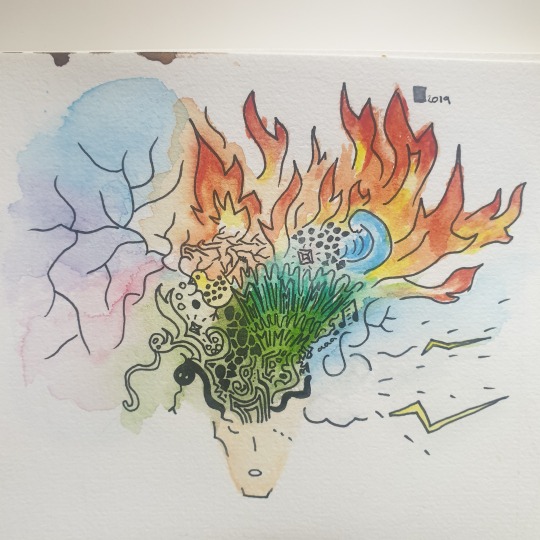
Day 2 - Mindless
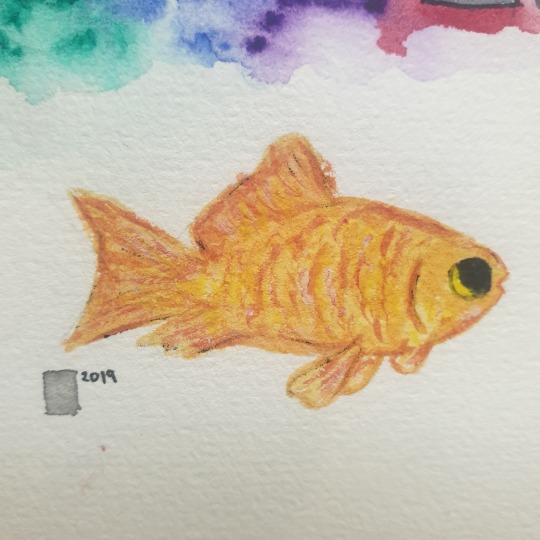
Day 3 - Bait

Day 4 - Freeze

Day 5 - Build

Day 6 - Husky

Day 7 - Enchanted
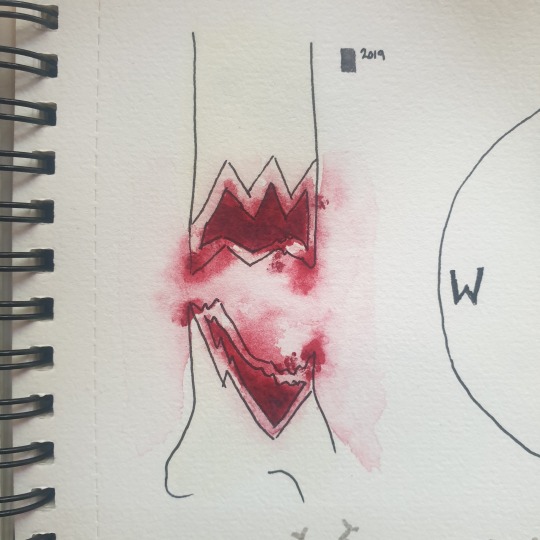
Day 8 - Frail
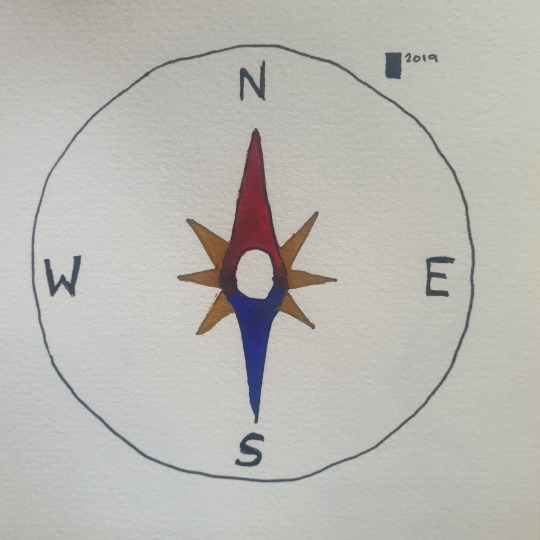
Day 9 - Swing

Day 10 - Pattern
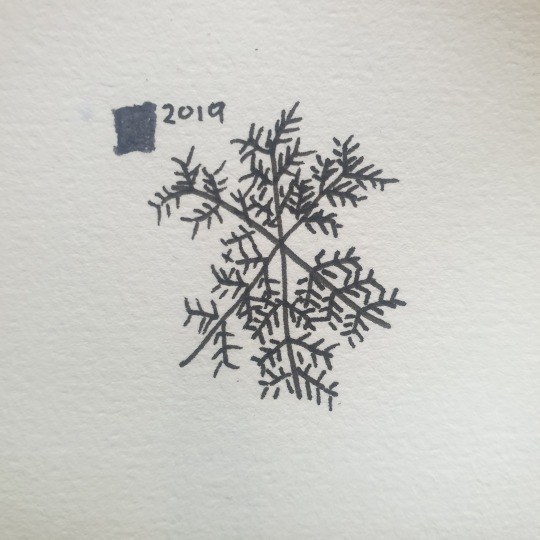
Day 11 - Snow
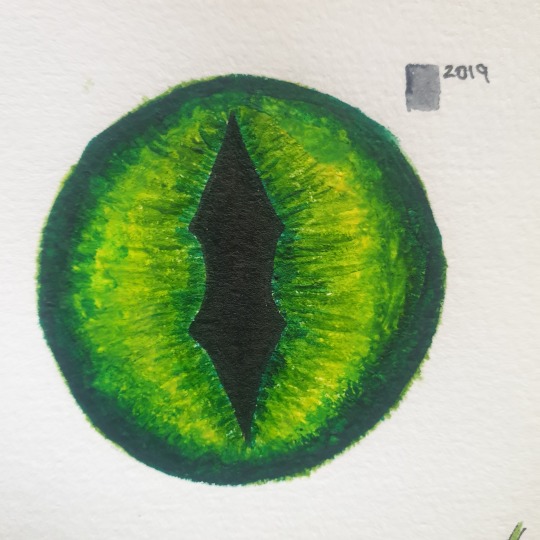
Day 12 - Dragon

Day 13 - Ash

Day 14 - Overgrown
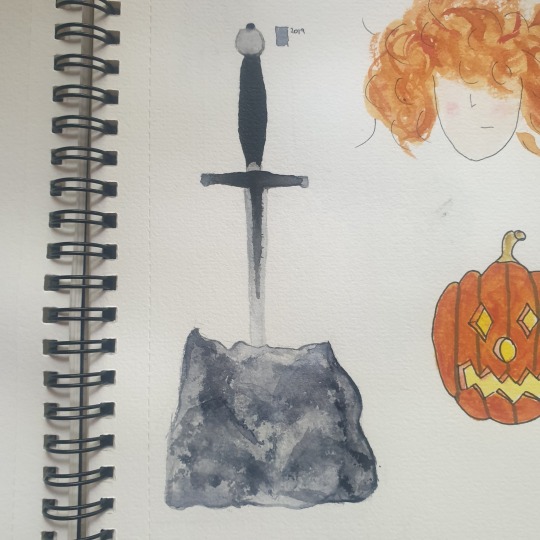
Day 15 - Legend

Day 16 - Wild

Day 17 - Ornament

Day 18 - Misfit

Day 19 - Sling

Day 20 - Tread
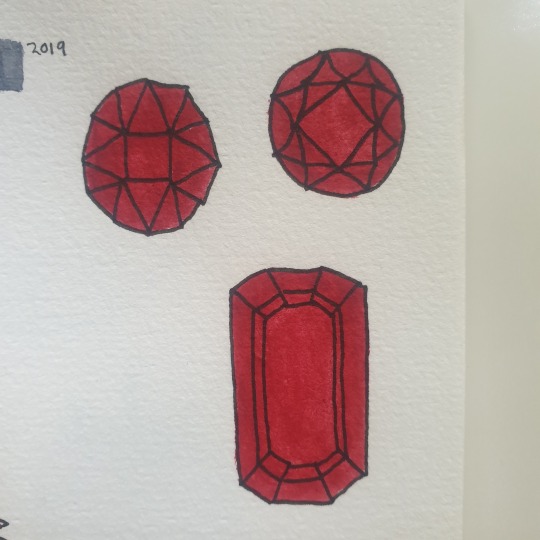
Day 21 - Treasure

Day 22 - Ghost

Day 23 - Ancient
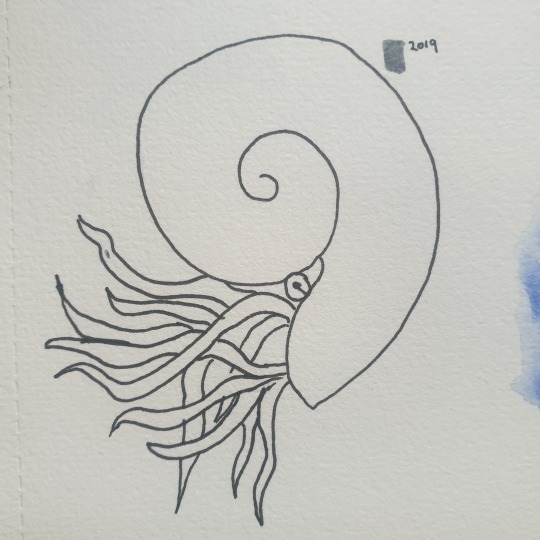
Day 24 - Dizzy

Day 25 - Tasty
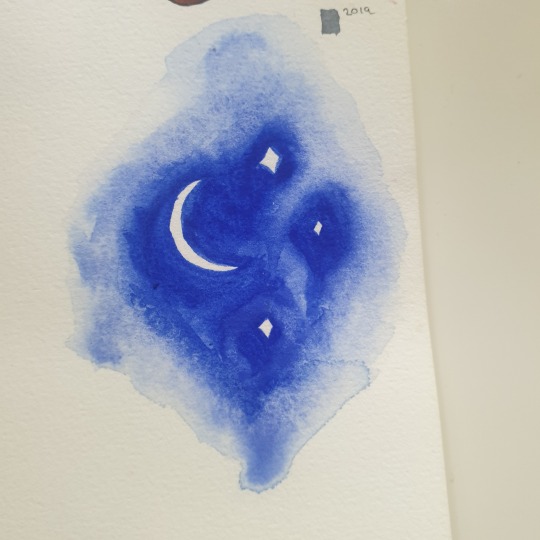
Day 26 - Dark

Day 27 - Coat
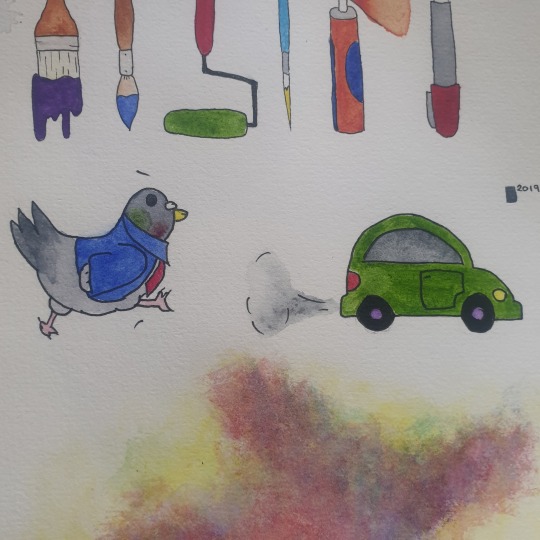
Day 28 - Ride

Day 29 - Injured

Day 30 - Catch
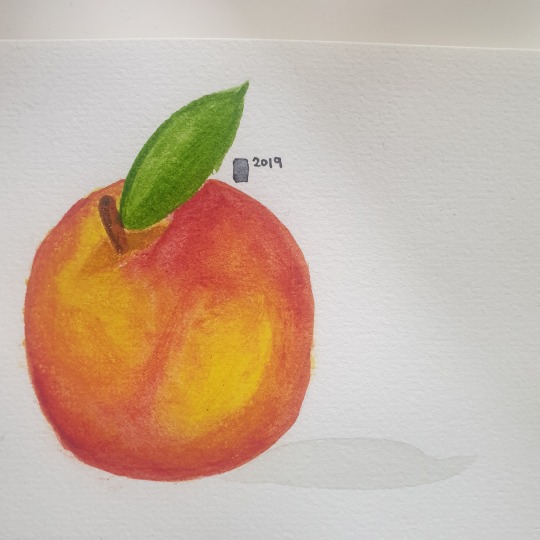
Day 31 - Ripe
So, Inktober is well and truly done. Time to tidy up my Instagram and make a big master post here with all the art and insights.
In true nerdy fashion along with the art will be some very light statistical analysis of my thoughts on the work, which I think is way more interesting that about 90% of the artworks.
So first up the good stuff, what are the stats? The numbers I looked at were likes and comments on Instagram and on an app designed for people who effectively do inktober all year round, sketch a day. On top of that I gave each piece a rating out of 10, where my favourite pieces for the month got a 10 and the worst got a 1. From there I could generate some graphs.



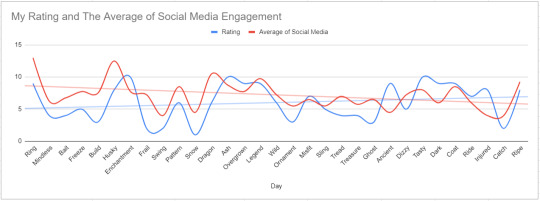
Interesting Insights
1. The trend lines for average social media engagement and my rating as the month progressed were inverse. My overall rating went up as the month went on, where social media engagement went down.
2. I got a comparable number of likes on both sketch a day and Instagram, but way more comments on sketch a day. Most of the comments on both were just like “good job!” but worth noting for people who love encouragement.
3. My best and worst days were at the start of the month, but my average was better at the end of the month. Leading to the trend line for my rating to slope up as the month progressed. The social media interaction sloped down, which is I think a combination of too many factors to just point at one.
a. I think that sketch a day might of been featuring me as new artist.
b. The works that went well or poorly tended to get exponentially more or less likes/comments where my rating was on a linear scale
c. People gave up inktober and as a result were not engaging as much with other people’s content.
Overall
I think this is an interesting looking into the social media microcosm but I’m not really qualified or experienced enough to comment on what it all means. I would recommend that people who are looking at building their social media presence give something like this a shot for whatever their field is, and to actually run the numbers and have a think about it. While I find the stats interesting, that wasn’t really my focus. To be honest the main reason that I started was because Nathan wanted to do it and I was happy to do it with them as the family's visual artist (as opposed to musician, like the rest of my family) I think I succeeded in motivating them to complete the whole challenge. Looking back however I can see the pros and cons to practising art this way. I definitely haven’t produced art at that sort of volume since I was in high school, and a lot of it was really good for my skill level. I also produced some art beyond the scope of inktober (Mostly one piece that was a birthday gift, I may post it later). The biggest downside was that I wasn’t incentivised to create risky art. I had a tight deadline, and as much as I was okay with posting mistakes, I didn’t want to or couldn’t commit to something that would take hours of something so risky that I knew no matter what it would look bad, even in my own opinion. I have discovered that I really enjoy drawing and painting “assets” as in the little incidental features like paint brushes and flowers. I may channel this into a future project or take on another inktober style challenge but for flowers or potion bottles. Something with an already contained scope. I may also channel that into my enjoyment of pixel and ASCII/ANSI.
#artists on tumblr#inktober#inktober2019#socialmedia#likesvscomments#socialmediamanagement#stats#data#watercolour#pen
2 notes
·
View notes
Text
Old Williamstown Morgue - Closure
I do admit that when I first drafted this and wrote that the morgue was bad even for 1925 standards, I was doing a bit of inference from the tone of writing about the place. However, when I was searching old newspapers for stories about its closure I admit I was a little shocked about the animosity. Today it is suspected to be Victoria’s first morgue and respected as a heritage location, the past was not so friendly.
I scrolled the newspaper archives for all mentions of the morgue from 1900 to 1925. 1925 is the final mention of the morgue in the archives which span until the 1950s. 1900 was an arbitrary date picked as I could find no mention of the closure or state of the morgue prior to 1920 and I felt anything prior to 1900 was effectively ancient news. So the question is, why did the morgue close?
I assumed, as I have so far seen about the move from Gem Pier to Ann Street, that the closure of the morgue would be centred around public outcry. The outcry that did occur came from the coroner, E.W. Jackson, who may of been representing the families of the area in his comments to the media or just his own disgust at the squalid conditions.
From The Herald, Wednesday 28th of September 1921
“MORGUE AT WILLIAMSTOWN SAID TO BE DIRTY
At the close of an inquiry at Newport today into the death of Sydney Kershaw, Mr E. W. Jackson, the Acting Coroner, referred to the condition of the Ann street morgue, Williamstown. When a body was taken there a few days ago the place was flooded and in an exceedingly dirty condition.It was deplorable that relatives were forced to visit such a place in order to identify a body. He would request Sergeant Harris to draw the attention of the proper authorities to its condition.”
From The Age, Thursday 29th of September 1921
“WILLIAMSTOWN MORGUE - ACTING CORONER'S COMMENT.
At the conclusion of an inquest at Newport yesterday, Mr. E. W. Jackson, acting Coroner, made strong comments regarding the condition of the Ann-street morgue, Williamstown. He said that when he visited the place a few days previously to view a body, he found the floor three-parts flooded with water and the room in a very dirty condition. It was deplorable, he said, that relatives of deceased persons should be compelled to visit such a place,and he hoped the police would bring the matter under the notice of the proper authorities.”
From The Herald, Thursday 8th of March 1923
“MORGUE INSANITARY
Renovation Required at Williamstown
The Williamstown morgue was built more than 50 years ago. It is a stone building situated at the shore end of Ann street and is a relic of the old convict days. Yesterday at the end of an inquiry into the drowning of Albert Edward Woolley, a schoolboy. Mr E. W. Jackson. J.P Deputy Coroner for the district, alluded to the disgraceful condition of the morgue. He had had occasion to view the body of the boy. He considered the morgue an utterly unfit place in which people should have to identify bodies.There was no proper provision for the medical man engaged upon a post-mortem examination. One towel and one sheet, Mr Jackson remarked,wore both very dirty, and the sheet probably had covered several bodies. A few foot away was a pile of discarded clothing which had been the garments of dead people brought to the morgue.He thought the Government should at once spend money upon the morgue for general renovation. He hoped that the attention of the Crown law authorities would be drawn to the matter.”
From The Age, Monday 20th April 1925
“Williamstown Morgue Condemned.
Dilapidated, rat infested and generally insanitary, the Williamstown morgue has now been closed definitely, and will be removed. Built of bluestone in the late "fifties," it stands at the foot of Ann-street, close to the piers, and only a few paces off Nelson-place, the "hub" of the district in earlier years. Considerable re-venue was earned in its immediate vicinity by rat catchers during the bubonic plague epidemic, and even now terriers find ample sport there.”
From the Argus, Tuesday 21st of April 1925
“ MORGUE CONDEMNED.
Condemned as decrepit, rat-infested, and other-wise insanitary, the Williamstown morgue has now been stripped of its rough furniture, and will be pulled down. Constructed of bluestone more than 70 years ago, it occupies a site in Ann street. near the shipping, and almost abutting on Nelson place, the principal business thorough-fare. The removal of the ancient pile will be generally welcomed. The present intention of the authorities is not to replace it, but to use the Melbourne morgue.”
#corpsesofmelbourne#corpsesofvictoria#corpsesofaustralia#corpsesoftheworld#williamstown#williamstownhistory#death#deathhistory#mortuary#localhistory#melbournehistory#australianhistory
0 notes
Text
In memory of Elke Therese Black
In late September I visited Beechworth Cemetery (a big thank you to the Gellies for indulging my passion, especially the one that came with me into the cemetery) and I came across this grave.

It caught our eye with a beautiful cross that Nathan told me he wanted for his own grave, and so many personal touches. Christmas ornaments, a poem, a small obituary of it’s resident. A matriarch, animal lover who died last year at only 62, leaving behind her soulmate, children and grandchildren. She is only one year older than my own mama.

So many graves don’t tell you anything about the person there. Beechworth has many historical graves. Some with additional signs that explain their significance and are featured in the self tour booklet. This grave has told me more about Elke than any booklet could. She is so profoundly loved and known to her people.

One of the things on her grave was a packet of Black and Gold Black Cats. Perhaps I could have also found a packet among “the knick and knack that covered shelves” in her home. There was also a packet of Twinings Earl Grey, A tea near and dear to my my own heart although all of my tea bags are at work so I will just have to imagine “the large teacups and jiggling spoons” as I try some black cats that I found at a milk bar dedicated to confectionary near my work.

Black cats are a licorice flavoured jube in the shape of a cat. They are very similar to licorice jellybeans except they are not hard and crunchy on the outside with a soft interior instead they are chewy the whole way through. They are quite tasty and would definitely go well with a sweet mug of milky earl grey (although I prefer mine black).
Thanks for the Black Cats recommendation, Elke. May you and your family be at peace.
#inmemoryof#corpsesofbeechworth#corpsesofvictoria#corpsesoftheworld#corpsesofaustralia#earlgreytea#licoriceblackcats#snacks
1 note
·
View note
Photo

Another quickie, on another bike ride to williamstown I found the remains of the quarantine cemetery. The first cemetery of the victorian colony. I definitely have more to find out about the story of this place and williamstown burial grounds in general. A trip to the williamstown cemetery is definitely on my todo list.
#corpsesofmelbourne#corpsesofvictoria#corpsesofaustralia#williamstown#williamstownhistory#alwaysreadtheplaque
1 note
·
View note
Text
I know I've been a bit quiet since I did my last couple of posts. It's been a combo of work, not wanting to open my laptop and digging into "the mystery of E W Jackson". A branch off my research on the Williamstown morgue. I also visited Beechworth cemetery (thank you to a special someone who might be reading this 😘) and I am a lil overwhelmed by all the stuff I can write about.

Today I ended up on a bike ride, and ended up at the Williamstown Morgue, again somewhat unintentionally. I had a lil bit of an explore of gem pier where the morgue used to be and just that almost started me on a research rabbit hole so I'm going to call it there before I end up deep in the newspaper archive and this quick update post ends up 2000 words long with a 5000 word side note.
#update#williamstownhistory#williamstownmorgue#corpsesofaustralia#corpsesofvictoria#corpsesofmelbourne
2 notes
·
View notes
Text
Old Williamstown Morgue - Always read the plaque
“Always read the plaque” as the great and powerful 99% invisible has popularised, the signage is a great place to start.
The first one is on the main road before the turn on to Ann Street, (the street that the Morgue is on). It reads:
"In the developing colony of Victoria, Williamstown was an important and busy port.
As the population grew a morgue became necessary. Previous to 1859 autopsies were conducted in pub cellars or right on the main bars.
The bluestones for the morgue were hewn with prison labour. The morgue originally stood near Gem Pier. Bodies were hung from the ceiling to discourage rats and the tides washed the autopsy wastes away.
The buildings behind the morgue are what remains of the former Port of Melbourne Authority Workshop site, where tugboats were repaired."

The second and third plaques, which are attached to the morgue itself read
"This building of local bluestone hewn by convict labour was completed in July 1959 (contractor H.R. Thomas) and stood near Gem Pier until 1873. When it was re-erected on this site. Usage was discontinued in 1925."

"This morgue is under the care and protection of the Williamstown Historical Society Inc. Enquiries Ph. 9397 5423"

The two signs that actually provide detail on the site show the interesting prioritisation of its place in history. With some sources, like the plaque of the building and the Victorian heritage database focusing on its role as a bluestone building. Constructed in the Georgian style with a galvanised iron roof that has replaced the original slate tiles. With a use of high windows to hide it's use as a morgue, “It’s siting also reflects its original use as it is in close proximity to the port.”. The architect is James Balmain. It was shut in 1925 due is health and safety concerns.
With other sources pointing out:
The role convict labour had
Stephanie Trigg has featured the morgue on her fascinating blog about the history of victorian bluestone “the stones themselves were "hewn" by convicts, who slept at night on the big prison hulks anchored in Hobsons Bay.”
The bodies hung from hooks
That rather than having constructed shelves for decedents as modern mortuaries do, the corpses were instead hung from the ceiling like some sort of grotesque meat market “To deal with the problem of ”rats mutilating the corpses” it is said bodies were suspended from hooks.”
“It’s siting also reflects its original use as it is in close proximity to the port.” indicated that by design some amount of human remains were left to be taken by the tides. That is why the morgue was moved in 1873, because as Gem Pier got busier, people started to notice.
“The plan was that the remains of autopsies and mortuary procedures would be washed away at the end of the pier, and the fishes would do the cleaning up... but apparently this became a little unsavoury and in 1873 the building was taken down, bluestone by bluestone, and reconstructed a few blocks away in Ann St.
“Originally erected in convict-quarried bluestone in 1859 next to Gem Pier, it was given the shoreline placement to allow ”product of each post-mortem … to be swept out the doors and onto the beach [...] The ”ghastly contents” that swilled on the tidal wash, however, became so intolerable that in 1873 public agitation resulted in the Williamstown Morgue being removed to nearby Ann Street. ”
It’s closure in 1925 for health and safety reasons infers that the place was so bad even for 1925, when workers compensation was in its infancy (with the first workplace compensation act being enacted in South Australia in 1900) and environmental protection being so far in the future that Victorians would need to wait for another 46 years for the EPA to be formed. It was still decided this mortuary was so unsafe and undignified that someone managed to get it shut down.
The balance between gruesome scare mongering and seemingly cherry picking the details about the morgue that are the most boring and dry facts in order to make it’s history seem more reputable and valid is fascinating. The urge to make clear that it is not just the topic of titillating tourist guides spruiking ghost encounters, but has value beyond being a home for the dead. Alternatively, perhaps more darkly in an attempt to sanitise the history of how the dead were treated in melbourne. The history of this place touches the edges of living memory with it almost being a century since the morgue was closed. This probably a whole different topic that I am not qualified to cover. Although admittedly my highest qualification for writing the history of this morgue is the certificate of merit for history that I received in year 8.
#williamstownmorgue#melbournehistory#mortuaryhistory#history#localhistory#melbournetourism#death#deathhistory#mortuary#morgue#williamstown#williamstownhistory#corpsesofmelbourne#corpsesofvictoria#corpsesofaustralia
1 note
·
View note
Quote
MAN CHOKED BY FOOD.
At 10 o'clock on Thursday night, Dr. H. McLean, of Parker street, Williams- town, was called to the Royal Hotel, Nelson place, Williamstown. He found James MacIldowney, aged 56 years, single, in a state of collapse. The doctor ascertained that MacIldowney, while eating, had been choked by a piece of food which had lodged in his throat. He died soon afterwards. The body was removed to the Williamstown police station, and afterwards to the Williamstown morgue. It is believed that MacIldowney has a brother at Ascot vale. The police are endeavouring to communicate with him.
From the Argus, Saturday 19th April 1924
#williamstownmorgue#howmanymicromortsisthis?#death#notabledeaths#melbournehistory#corpsesofmelbourne#deathby#deathbychoking#williamstownmorguenotabledeaths#corpsesofvictoria#corpsesofaustralia#corpsesoftheworld
1 note
·
View note
